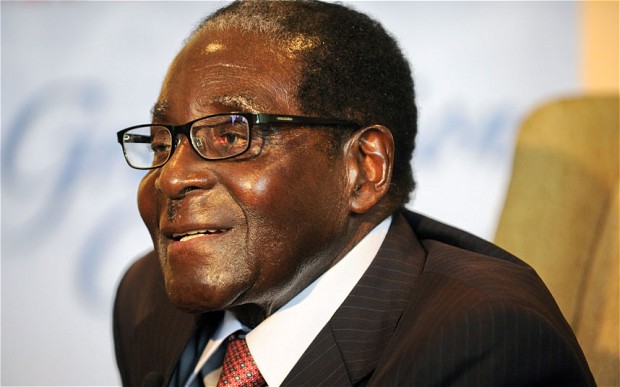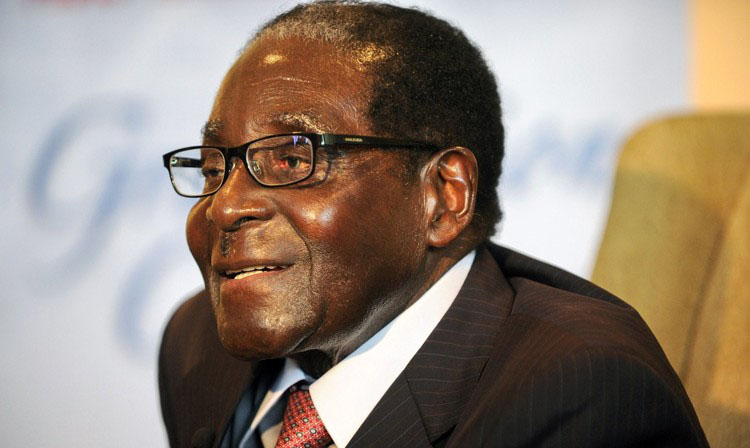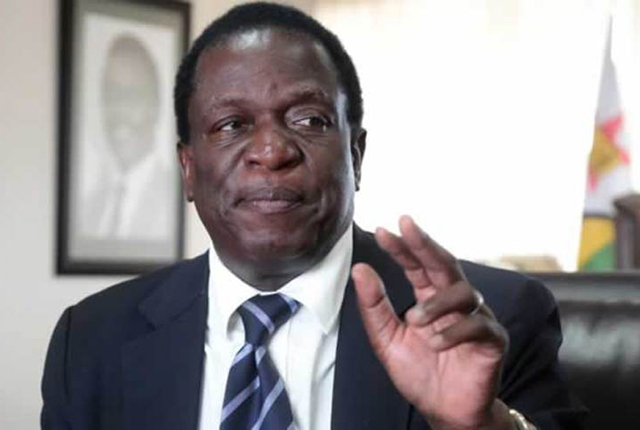Framing succession in Zimbabwe, SA

Tichaona Zindoga Political Editor
In their essay, “Framing, Agenda Setting, and Priming: The Evolution of Three Media Effects Models”, (Journal of Communication 57, 2007), Dietram A Scheufele and David Tewksbury discuss what they term a paradigm shift in political communication research and analyse how these elements — framing, agenda setting and priming — are deployed by the mass media to influence audiences.
The scholars explain that agenda setting refers to the idea that there is a strong correlation between the emphasis that mass media place on certain issues and the importance attributed to these issues by mass audiences. Priming, they cite political communication literature, refers to ‘‘changes in the standards that people use to make political evaluations’’ occurring when news content suggests to news audiences that they ought to use specific issues as benchmarks for evaluating the performance of leaders and governments — and this, according to scholars, is an extension of agenda setting.
On the other hand, framing, while differing from these two, and based on the assumption that how an issue is characterised in news reports, can have an influence on how it is understood by audiences, refers to modes of presentation that journalists and other communicators use to present information in a way that resonates with existing underlying schemas among their audience.
“Frames, in other words, become invaluable tools for presenting relatively complex issues, such as stem cell research, efficiently and in a way that makes them accessible to lay audiences because they play to existing cognitive schemas.” We are seized with this latter aspect. There have been interesting happenings in Zimbabwe and South Africa. Last week, President Mugabe reshuffled his Cabinet, reassigning some ministers, appointing new ones, dropping some and paring down the responsibilities of others, sometimes to levels that were deemed to make them redundant. There was so much speculation about the development that we were left in a tailspin. But the media agreed to view this as a succession issue. This is the interest of the foregoing academic inquiry.
The media in Zimbabwe are hardly seeing beyond succession these days and they are framing all the main issues within the discourse of succession. We were told that the latest Cabinet reshuffle was meant to “clip the wings” of Vice President Emmerson Mnangagwa, who for his part was relieved of the responsibilities of justice minister. Somehow, we are made to understand that there is nothing good enough in the latest political configurations.
Just power politics. And the weakening of a particular faction. We are where the media wanted us to be. A couple of years ago, emerging from 2014, the issue of succession was nothing beyond mere figments of imagination. The media, in particular the privately-owned such as the Daily News, were, however, dogged in presenting Zanu-PF infighting. The infighting took a life and form of its own.
The media gave us the terms such as Lacoste and peddled the “G40” moniker that another faction gave itself. Now these are living organisms. The fighting has become real. There was a tendency on the part of the ruling party to blame the media, but now the gloves are off. The fights are ubiquitous and naked. The personal fight between Professor Jonathan Moyo and VP Mnangagwa is raging and is the sub-plot of the factionalism to rock the party, and it is feared that this may yet take a dangerous twist. Even old Didymus Mutasa is fearing the same, according to Daily News, and has been making frantic calls for ceasefire in the party from which he was expelled a couple of years back.
Now, the forthcoming Zanu-PF Special Congress is going to be the Armageddon of factional fighting. All things point that way. But this is not the main issue of this piece. Two days ago, President Jacob Zuma reshuffled his cabinet. This is the 12th time he is dealing his hand on appointments. His last cabinet reshuffle was in March, when he sensationally sacked the finance minister and others.
It was immediately framed by the media that this was a succession issue. The finance minister, a chap called Pravin Gordhan, openly defied President Zuma and has been siding with Deputy President Cyril Ramaphosa, who is in a race to succeed Zuma. The ruling ANC party holds its elective Congress this December. President Zuma’s term will expire in 2019, but he is seen as angling to continue ruling both at government and party levels by proxy of his former wife Dr Nkosazana Dlamini-Zuma.
Let’s say that is how it is being framed. And it is most unfortunate for Madame Dlamini-Zuma because she is a politician, diplomat and bureaucrat in her own right. But it doesn’t matter, does it? There is a chance that President Zuma may drag her down with him: the courts here have just reinstated a whopping 783 corruption-related charges against him. Life beyond the presidency promises to be miserable for him.
Those that seek to disqualify Dr Dlamini-Zuma say the president’s backing of her is meant in part to stave off these gloomy prospects. So, when President Zuma reshuffled his cabinet in the latest move, it was largely easy to frame this as another succession development. Partly true. Blade Nzimande, leader of the South African Communist Party and Higher Education Minister, was fired. It was long overdue. The SACP has long severed ties with President Zuma and openly supports Ramaphosa.
Nzimande could have been fired in March. But here is the surprise: the latest cabinet reshuffle here is not exactly being billed on succession. It is called the nuclear reshuffle! Take this report from the Independent, as common wisdom in this latest framing, including of course the existing succession debate:
“South African President Jacob Zuma named a close ally as energy minister and fired the leader of the communist party, which has criticised his leadership, in a cabinet reshuffle just two months before he’s due to step down as leader of the ruling African National Congress. Zuma in his 10th cabinet reshuffle since 2009, named David Mahlobo as energy minister and ANC lawmaker Bongani Bongo as state security minister, a post previously held by Mahlobo . . . The changes at the energy ministry could help Zuma revive plans to build new nuclear power plants that the opposition and a number of top ANC officials say the country cannot afford. The firing of Nzimande threatens the communist party’s traditional support for the ANC and removes from the government a supporter of Deputy President Cyril Ramaphosa to take over from Zuma as head of the ANC. The president is backing Nkosazana Dlamini-Zuma, the former head of the African Union Commission and his ex-wife, for the post . . .” Interesting!
And as the main players on both sides of the Limpopo enter the defining December, the media will surely have a lot to say.












Comments